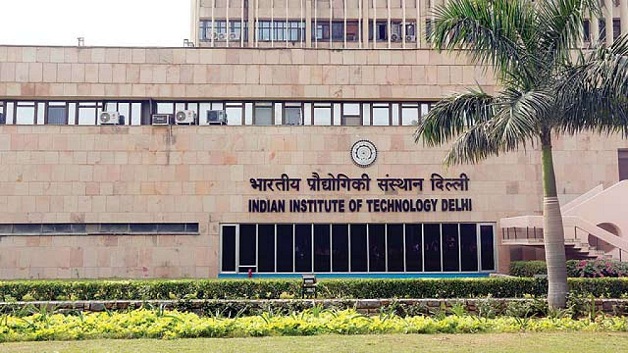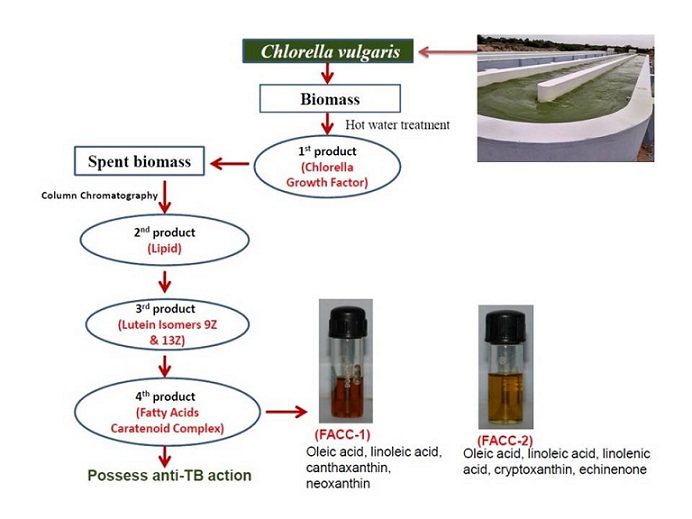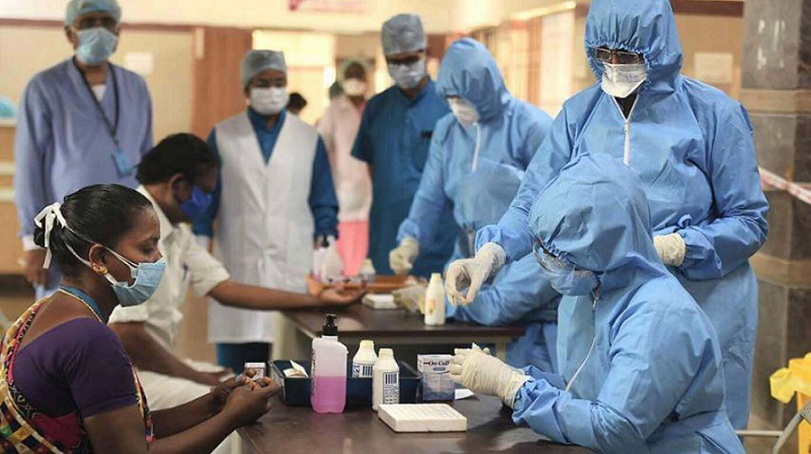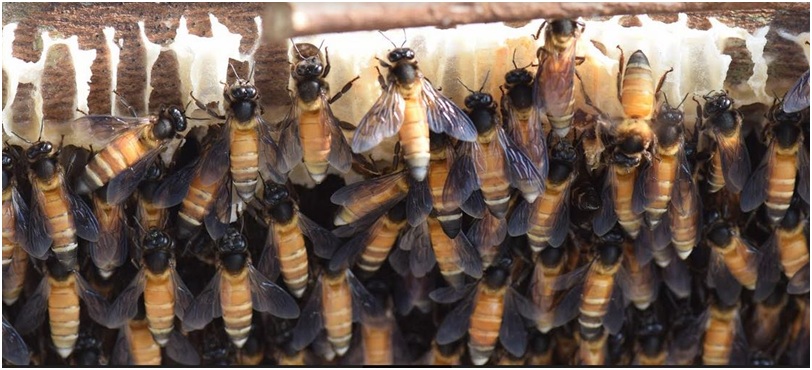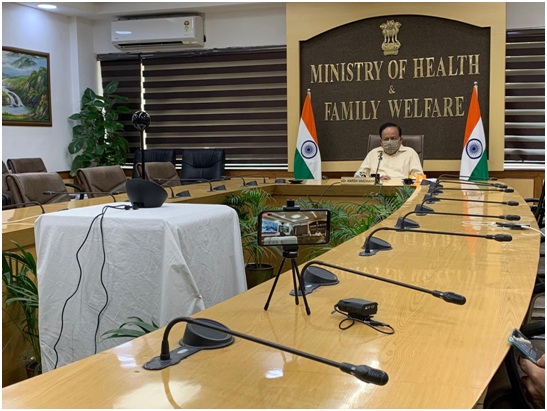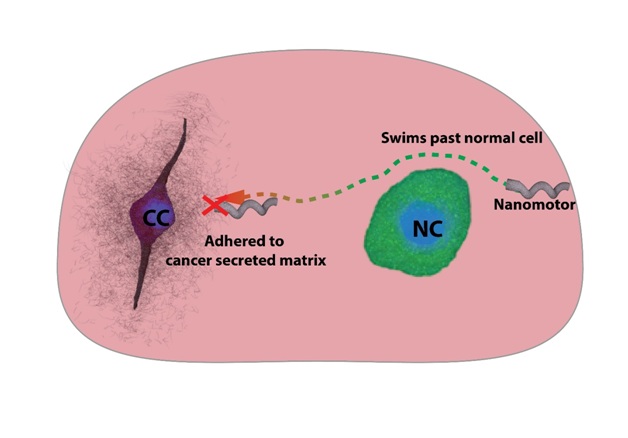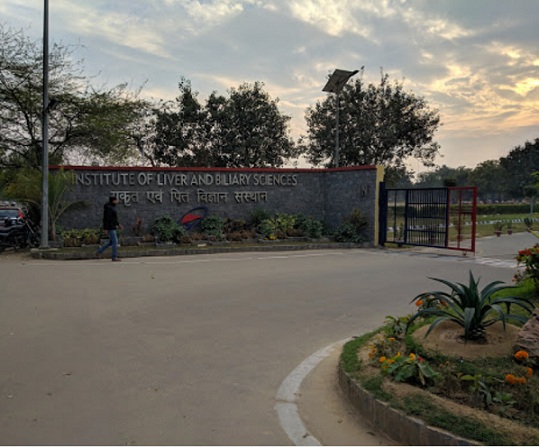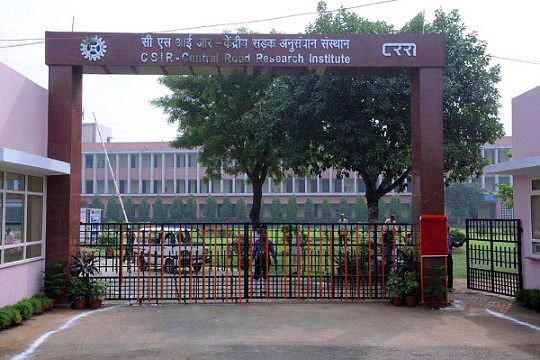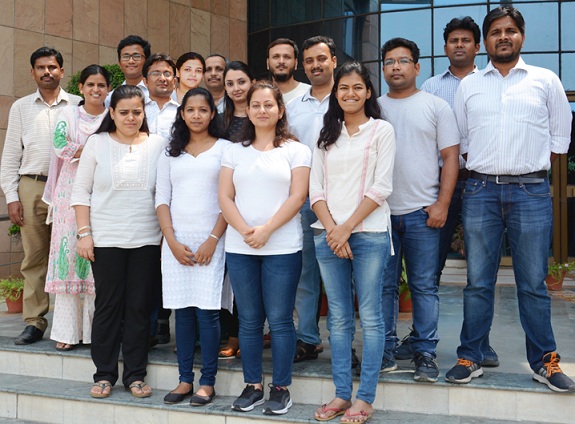
Team of researchers at NIPG, New Delhi.
R ice is a staple food all over the world and India is the second largest producer and consumer of rice at global level. Production of rice in India is limited by several biotic and abiotic factors. Sheath blight disease caused by a necrotrophic fungal pathogen (Rhizoctonia solani) is a big threat to rice crops which causes millions of tons of rice lost due to this disease every year.
Scientists are constantly working to find new ways to control various crop diseases. A recent study, conducted by the researchers at the New Delhi based National Institute of Plant Genome Research (NIPGR), has discovered that modulating the functions of pathogen responsible for sheath blight, could be a game changer in the fight against the menacing rice disease.
It is an important study towards understanding the sheath blight pathogen of rice, tomato and many other crops. Also it will help in developing a strategy to control the disease, say researchers at NIPGR.
Scientists have found that silencing of a transcription factor of R. solani prevents disease occurrence
Sheath blight disease caused by a necrotrophic fungal pathogen (Rhizoctonia solani) is a big threat to rice crops which causes millions of tons of rice lost due to this disease every year.
“We discovered that silencing of one of the transcription factors i.e. C2H2 Zn finger transcription factor (RS_CRZ1), significantly compromises the pathogenesis of R. solani in tomato. The disease was significantly reduced in the RS_CRZ1 silenced plants, compared to the wild type plants. Our data suggests that the RS_CRZ1 enables the pathogen to tackle hostile environment of the host faced during disease establishment process” says Dr. Gopaljee Jha, Scientist, NIPGR. In molecular biology, a transcription factor is a protein that controls the rate of transcription of genetic information from DNA to messenger RNA, by binding to a specific DNA sequence.
“Unravelling the pathogenicity mechanism is important for development of a suitable control strategy. However, the method to carry out gene-functions analysis in Rhizoctonia solani is not available. In our recently published study, we have established suitable methodologies to downregulate the expression of R. solani genes and study their involvement during disease establishment in tomato. Our method is based upon host-induced gene silencing and dsRNA based gene silencing, wherein through RNAi strategy we silence the fungal genes during infection process”, explained Dr. Jha.
“Our study provides suitable strategies to silence the pathogenicity determinant of R. solani during infection process and prevent the pathogen to cause disease in plants. This further highlights that adoption of these strategies will be helpful in control of sheath blight disease of rice and various other diseases caused by Rhizoctonia solani, in other crops”, He added.
Sheath blight is predominantly controlled by spray of fungicides and we end-up spending profusely on fungicides, which add to the cost of rice production. Also, the residual level of fungicides adds negative trade value, as beyond certain permissible level, the rice is considered not suitable for international trade. Moreover, beside rice, the pathogen is known to cause disease on wide range of agriculturally important crops, including tomato. Hence, development of environment friendly and sustainable disease control measures are needed to control this pathogen, say scientists.
India Science Wire
ISW/USM/15/10/20020
